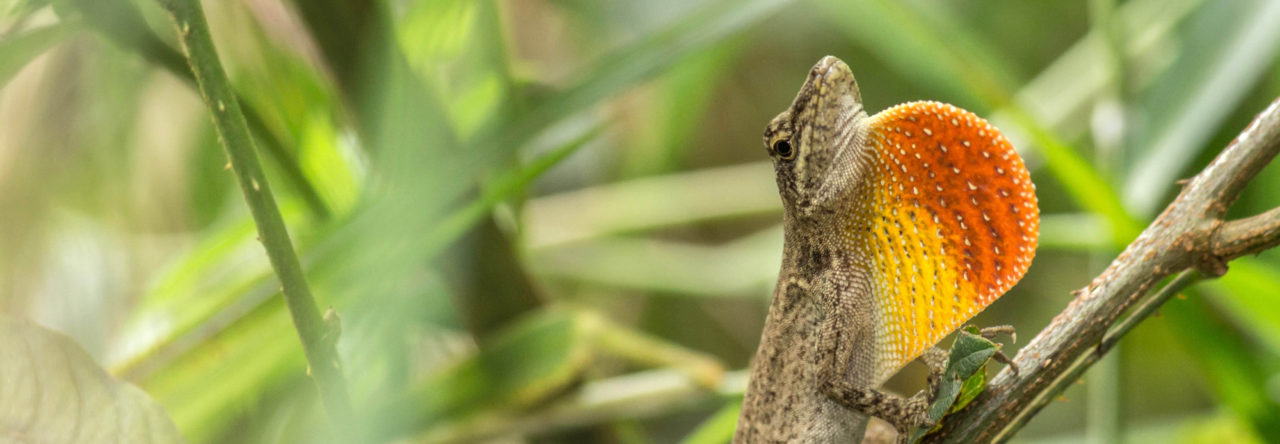Last Thursday, the Kokua Line column of the Honolulu Star Advertiser fielded a question on how to get rid of brown anoles. The answer was: no way (the officer at the state Vector Control Branch told the author that if she found out “how to eradicate these lizards, to be sure to call him back and let him know.”). However, the local citizenry disagreed, and in the 23 comments (see below), provided a number of solutions, as well as debate on the wisdom of anole eradication. Several readers also made the claim, echoing that heard in Florida and discussed here, that brown anoles supplant greens (also introduced to Hawaii).
| nitestalker2 22 hours ago |
get a couple of cats. all the cats i’ve ever had have taken care of the b52s*, birds, mice and rats, geckos of every stripe, etc. had one that would bring all her mice/rat kills very proudly to the front door mat and leave them there while purring for applause. she was a very efficient killer.
4 people liked this. Like ReplyReply
*Editor’s Note: according to my friend, Dan Devaney, “b52s” refers to “Hawaii’s unofficial state bird, the B-52 Flying Cockroach.” For more information, go here.










